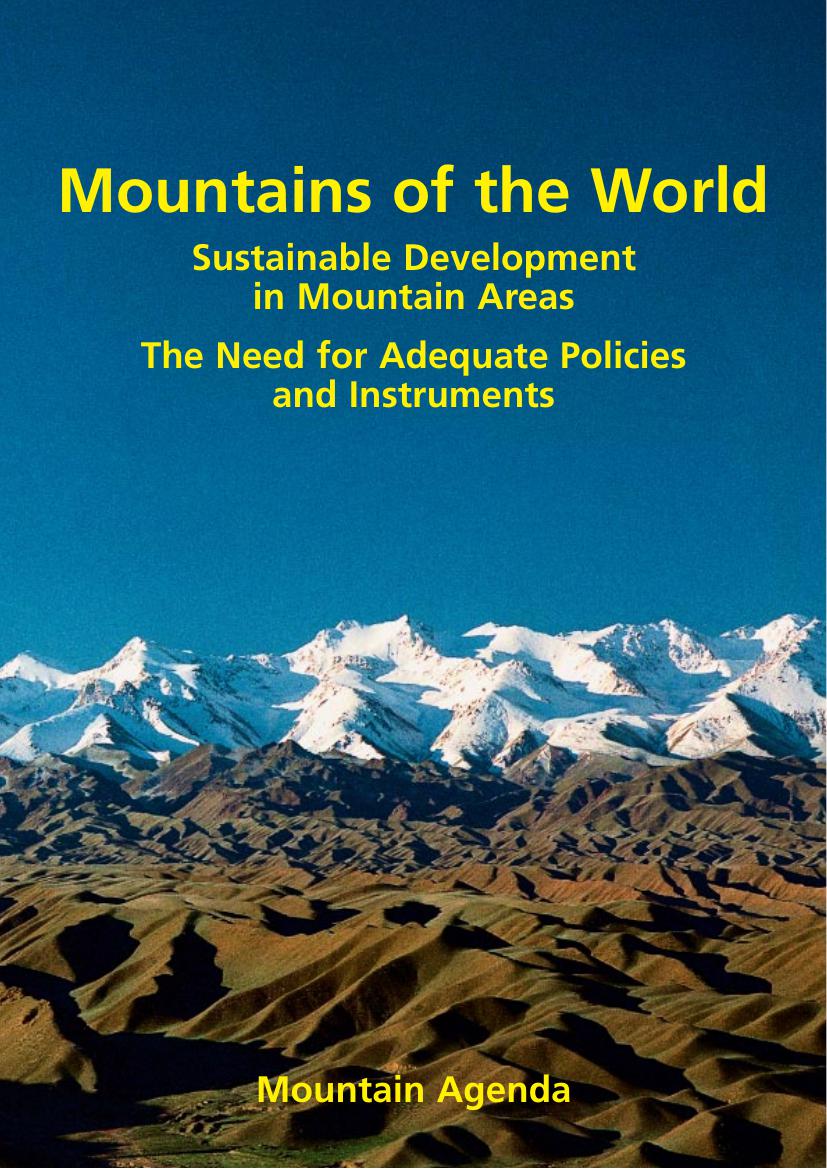
The Western Himalaya are experiencing and epitomizing growing urbanization trends due to rapid population and tourism rise across the Indian Himalayan region. The pace and process of urban development in these regions are largely unplanned and unregulated; consequently, the altered landscape composition and configuration are influencing key ecological processes and functions supporting human wellbeing. Existing urbanization research addressing this issue has mainly focused on large urban centers, underrepresenting the potential role of medium-sized cities in sustainable landscape planning. Thus, this study attempted to quantify land use/land cover and landscape pattern dynamics in response to urban growth and expansion in and around two emerging urban centers—Dharamsala and Pithoragarh, Western Himalaya, over the past two decades. The study was split into three temporal periods, and intensity analysis was used to characterize transformational patterns in the city and outer zone of each landscape. The results indicate that, during the T2 and T3 period, the overall LULC dynamics was highest in Dharamsala and Pithoragarh, respectively. The urban development in Dharamsala occurred at the expense of cropland followed by vegetation and forest, while, in Pithoragarh, it occurred at the expense of cropland followed by vegetation loss dominated. Furthermore, the landscape pattern results highlighted the aggregation and homogenization at the city level, with a higher degree of disaggregation, fragmentation, and heterogeneity in outer zone. This paper highlights the importance of transformational patterns based on intensity analysis and landscape patterns to sustainable landscape development and planning. In addition, considering the past to present urban development trajectories, this study purposes a framework for sustainable landscape development in Himalaya for urban planners and policymakers. © 2022 by the authors.